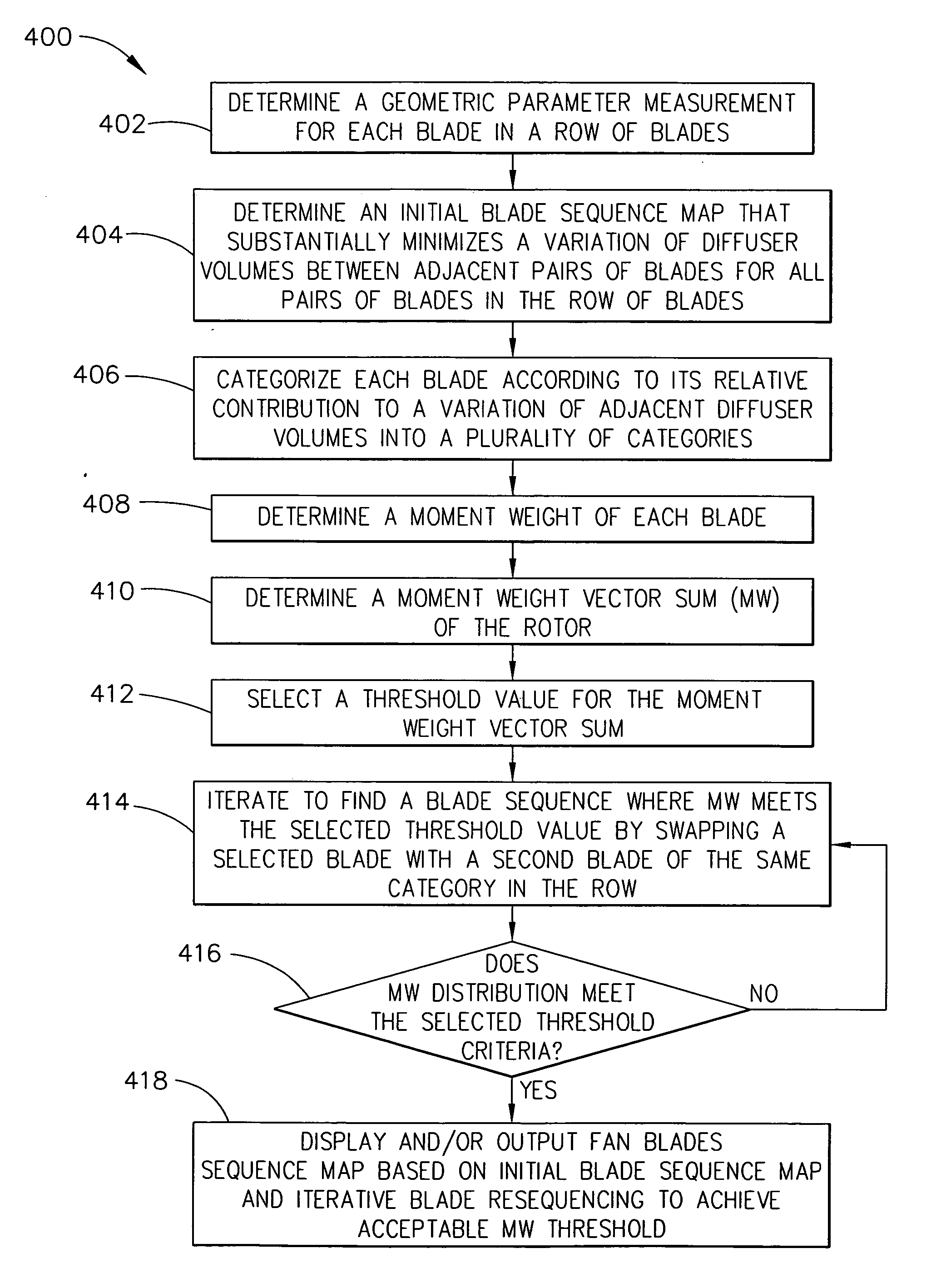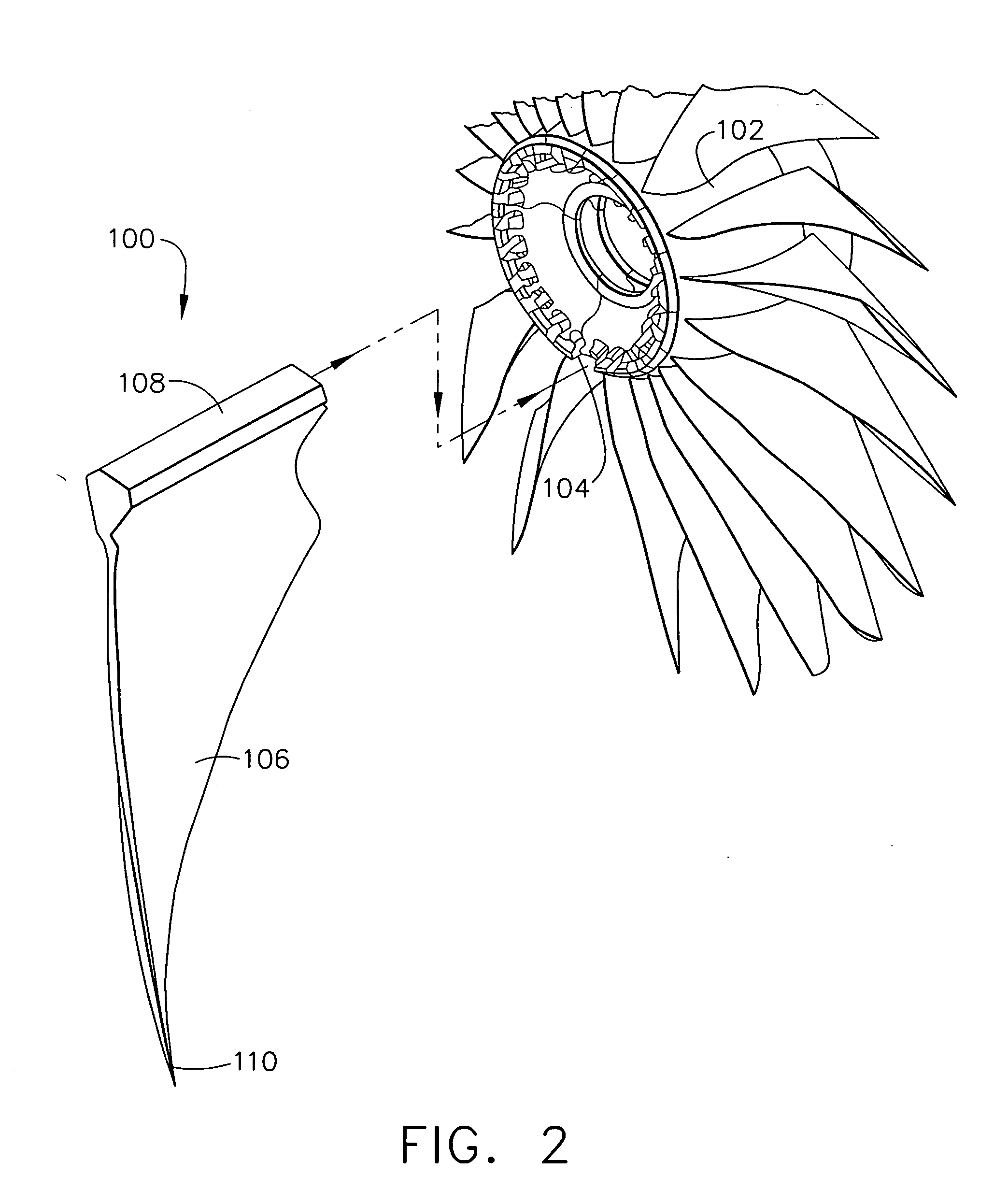Methods and apparatus for assembling rotatable machines
- Summary
- Abstract
- Description
- Claims
- Application Information
AI Technical Summary
Benefits of technology
Problems solved by technology
Method used
Image
Examples
Embodiment Construction
[0015]FIG. 1 is a schematic illustration of an exemplary gas turbine engine 10 including a rotor 11 that includes a low-pressure compressor 12, a high-pressure compressor 14, and a combustor 16. Engine 10 also includes a high-pressure turbine 18, a low-pressure turbine 20, an exhaust frame 22 and a casing 24. A first shaft 26 couples low-pressure compressor 12 and low-pressure turbine 20, and a second shaft 28 couples high-pressure compressor 14 and high-pressure turbine 18. Engine 10 has an axis of symmetry 32 extending from an upstream side 34 of engine 10 aft to a downstream side 36 of engine 10. Rotor 11 also includes a fan 38, which includes at least one row of airfoil-shaped fan blades 40 attached to a hub member or disk 42. Blades 40 are substantially identical with respect to each other blade 40, except that there is some small differences due to manufacturing tolerances. Blades 40 are coupled to disk 42 in a substantially equi-angularly spaced relationship to each other. In...
PUM
| Property | Measurement | Unit |
|---|---|---|
| Weight | aaaaa | aaaaa |
| Volume | aaaaa | aaaaa |
| Ratio | aaaaa | aaaaa |
Abstract
Description
Claims
Application Information
 Login to View More
Login to View More - R&D
- Intellectual Property
- Life Sciences
- Materials
- Tech Scout
- Unparalleled Data Quality
- Higher Quality Content
- 60% Fewer Hallucinations
Browse by: Latest US Patents, China's latest patents, Technical Efficacy Thesaurus, Application Domain, Technology Topic, Popular Technical Reports.
© 2025 PatSnap. All rights reserved.Legal|Privacy policy|Modern Slavery Act Transparency Statement|Sitemap|About US| Contact US: help@patsnap.com



